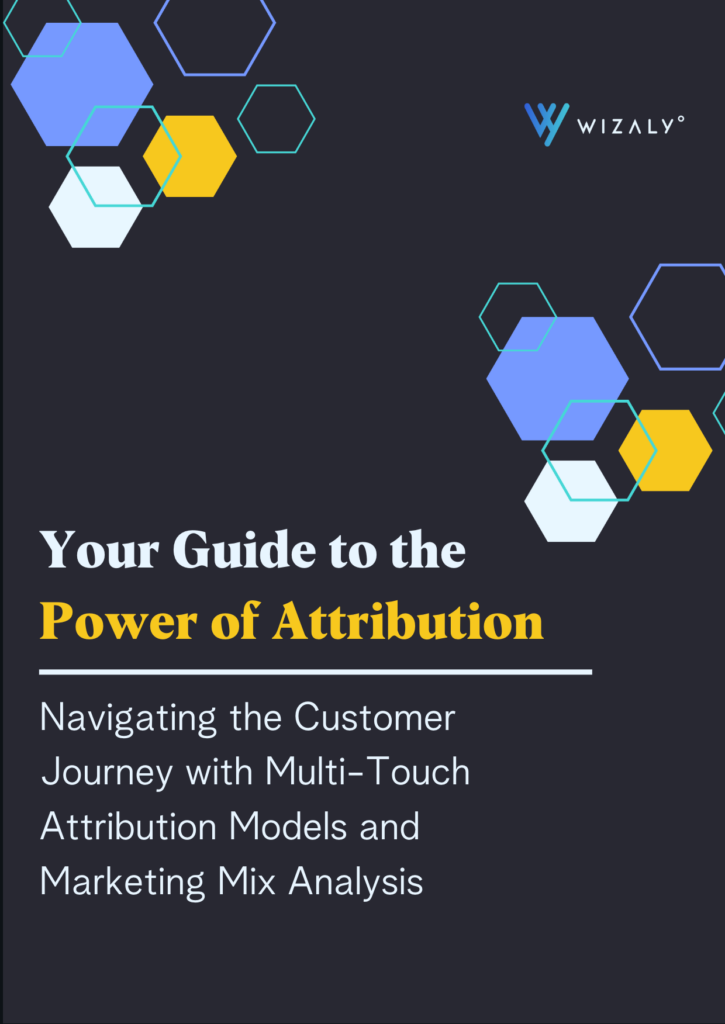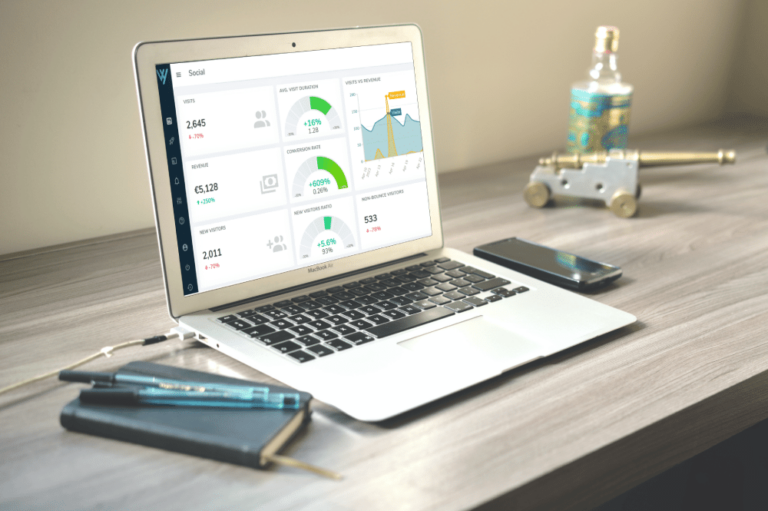If you’re a seasoned marketer, you’re well aware that the days of relying solely on last-touch attribution are long gone. But have you fully embraced the capabilities of multi-touch attribution models powered by machine learning in your marketing efforts? Are you leveraging attribution data to its fullest to optimize your ad spend and achieve better budget allocation? This article delves deep into the intricacies of advanced marketing attribution models and offers insights into maximizing your return on investment (ROI) and return on ad spend (ROAS).
Why Marketing Attribution is One of the Most Effective Tools in Budget Allocation and Conversions
Attribution is one of the most effective tools in a marketer’s arsenal for planning marketing spend. It helps you understand the true impact of each touchpoint in the funnel. By using attribution data, you can allocate budget more efficiently, ensuring a higher return on investment (ROI).
The Evolution of Multi-Touch Attribution Models: From First and Last Touch to Machine Learning
Attribution has evolved from rudimentary models like first-touch and last-touch to more complex attribution frameworks. Multi-touch attribution models, such as time decay and algorithmic models, provide a nuanced understanding of the customer journey. These models consider multiple touchpoints, from the first interaction to the last, assigning credit based on their influence on conversion.
Algorithmic Attribution: The Power of Machine Learning
Traditional attribution models often fall short when it comes to capturing the complexity of today’s multi-channel, multi-device customer journeys. Machine learning algorithms can sift through vast amounts of attribution data to identify patterns and correlations that humans might miss. These custom attribution models can adapt in real-time to changes in consumer behavior and market conditions, offering a dynamic approach to budget allocation.
Time Decay Models and Customer Lifetime Value
While time decay models assign more weight to touchpoints closer to conversion, they can be further refined by integrating Customer Lifetime Value (CLV). By doing so, you not only understand the immediate impact of a touchpoint but also its long-term value, allowing for more strategic budget allocation.

Level up your attribution knowledge and learn how Wizaly can help you increase your marketing ROI with our comprehensive guide.
ROAS and Attribution: The Metrics That Matter
Understanding the True ROAS
ROAS isn’t just about measuring the immediate return on your ad spend; it’s about understanding the true long-term value each marketing channel brings. Advanced attribution models can dissect ROAS at a granular level, revealing which touchpoints contribute not just to one-time sales but to customer retention and lifetime value.
Data-Driven Budget Allocation: Using the Right Attribution Data for Better Marketing
Data Lakes and Attribution: The Big Picture
Data lakes can store raw data from various sources, providing a rich resource for attribution analysis. By integrating data lakes with your attribution models, you can incorporate a wider range of variables, from customer demographics to seasonal trends, further refining your budget allocation strategies.

Advanced Strategies for Budget Allocation
Predictive Analytics for Budget Forecasting
Predictive analytics tools can analyze historical attribution data to forecast future trends. This enables proactive budgeting, allowing you to invest in channels that are likely to yield the highest ROI in the future.
Real-Time Budget Adjustment: Using Attribution Data for Immediate Action
With real-time attribution data, you can make immediate adjustments to your digital marketing budget. This is particularly useful for capitalizing on short-term opportunities or mitigating the impact of unexpected challenges.
Multi-Channel Synergy: The Holistic Approach
Understanding how different channels complement each other is crucial. For instance, social media ad campaigns might serve as an initial touchpoint, while targeted email marketing drives conversions. Allocating budget to both channels can result in a synergistic effect, boosting overall ROI.
Attribution and Marketing Mix Modeling: A Comprehensive View
Marketing mix modeling takes into account various factors like market conditions, competitive actions, and economic indicators, along with attribution data. This provides a more holistic view of performance, aiding in more accurate allocation.
The Role of Micro-Moments in Budget Allocation: Assigning Credit Where It’s Due
Micro-moments are instances when consumers turn to their devices for quick answers. By understanding the role these moments play in the customer journey, you can allocate budget to convert these high-intent touchpoints.
Summary: The Future of Budget Allocation is Multi-Touch
In an increasingly complex marketing landscape, marketing teams relying on single-touch attribution models is insufficient. Advanced multi-touch attribution models, especially those powered by machine learning, offer a more nuanced understanding of the customer journey. These insights are invaluable for optimizing budget allocation, maximizing both ROI and ROAS.
Ready to revolutionize your approach to your marketing strategy and budget? Contact Wizaly to leverage our cutting-edge customer journey attribution platform and drive unparalleled marketing performance.



